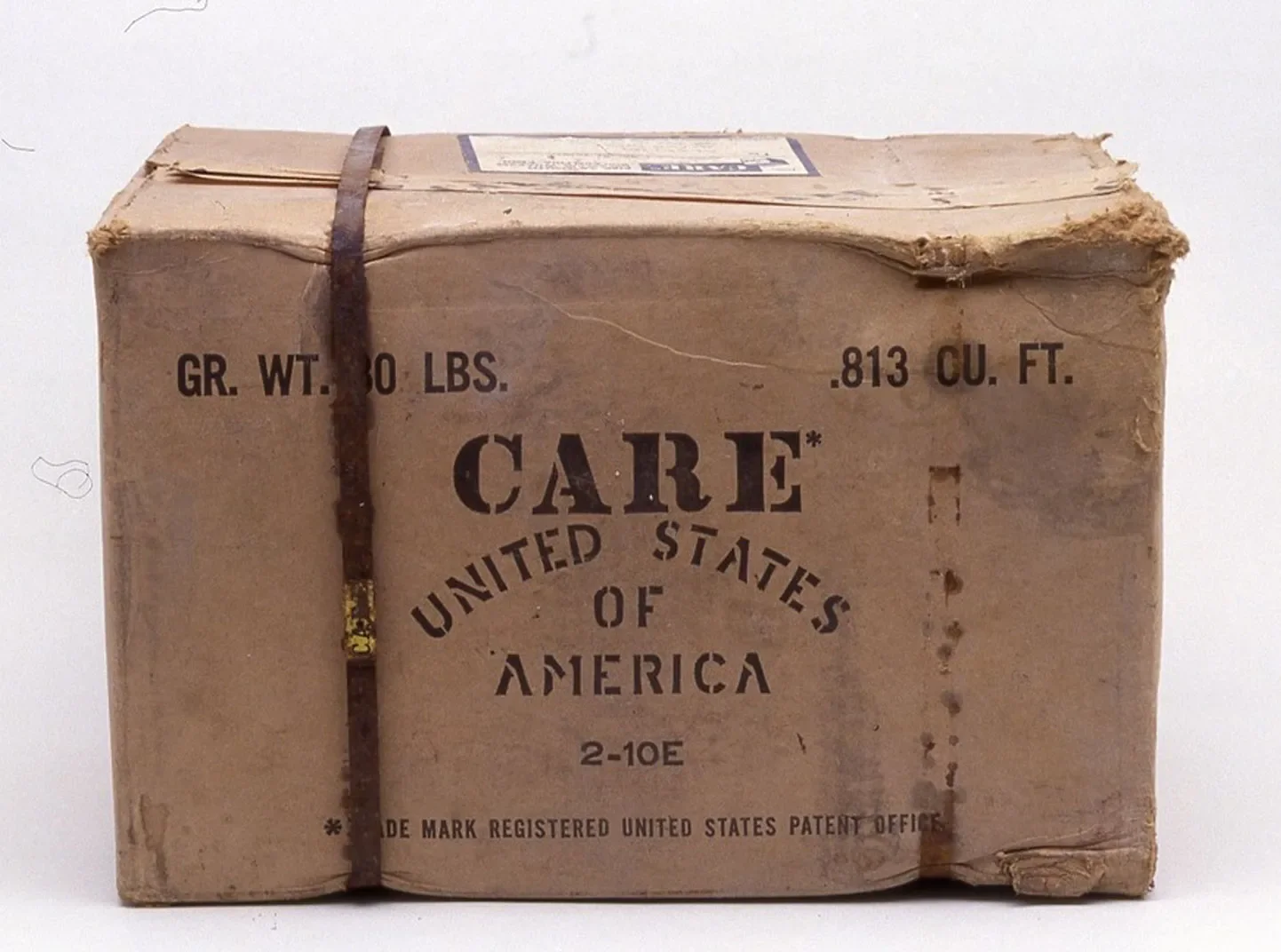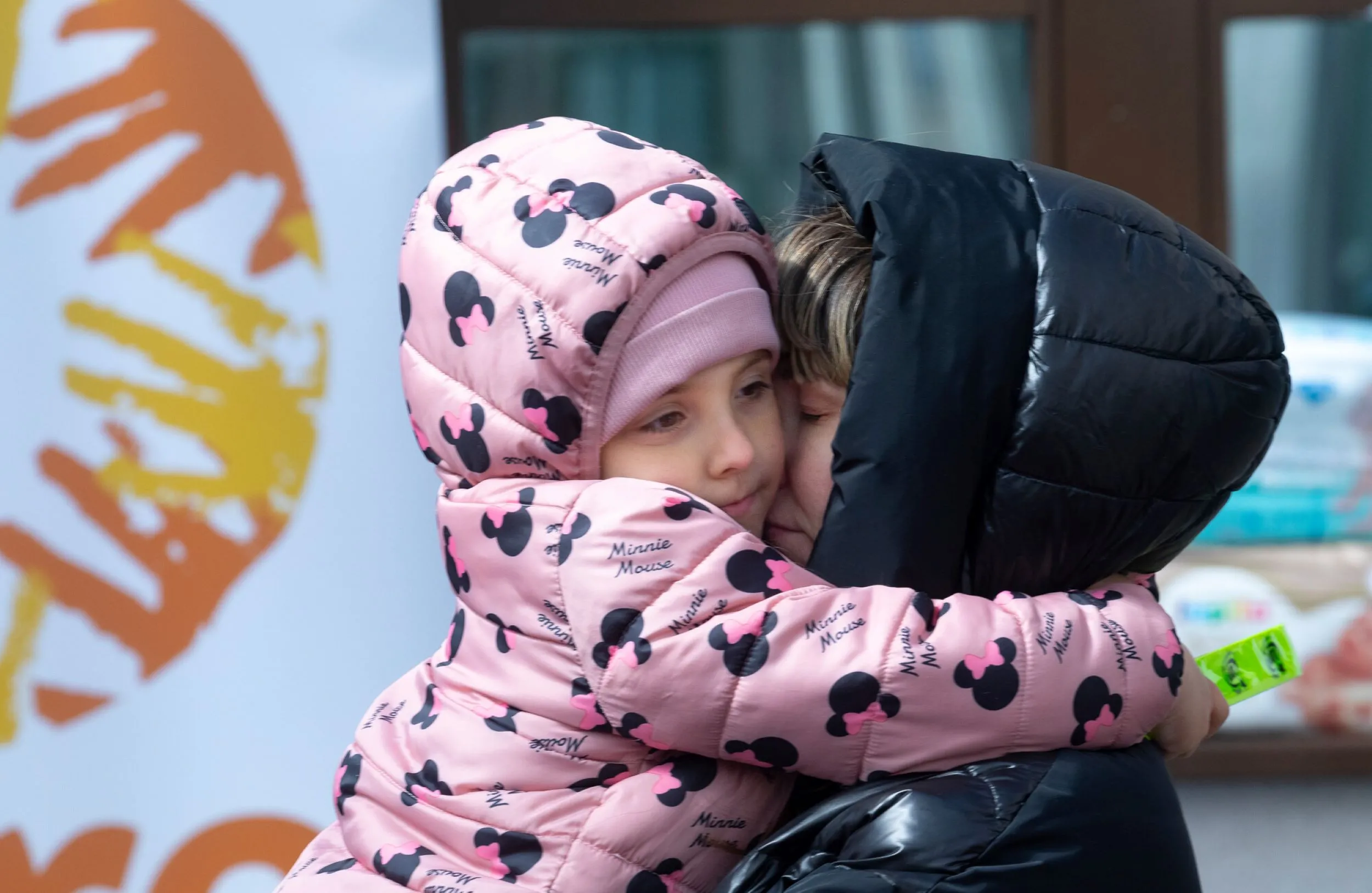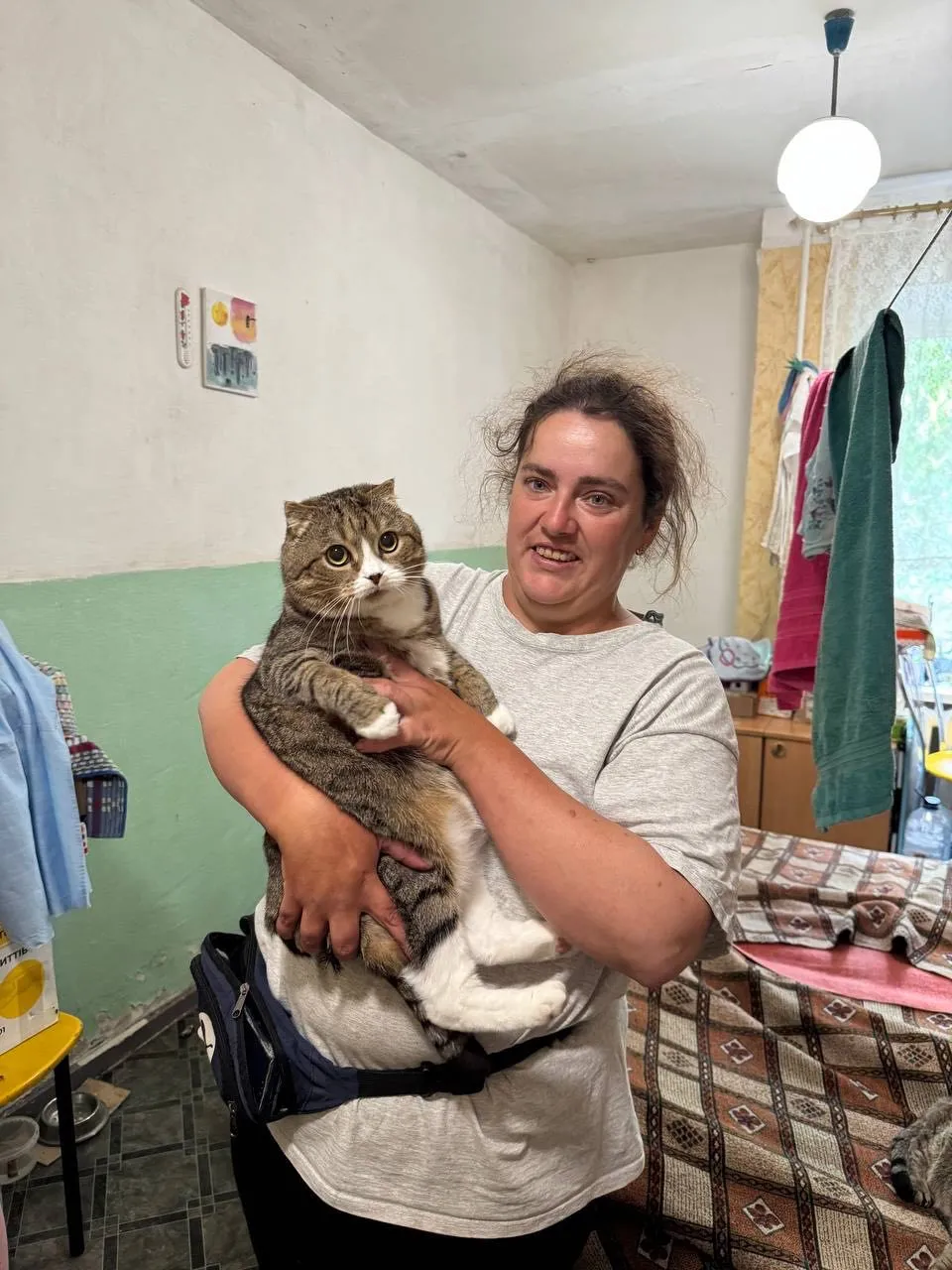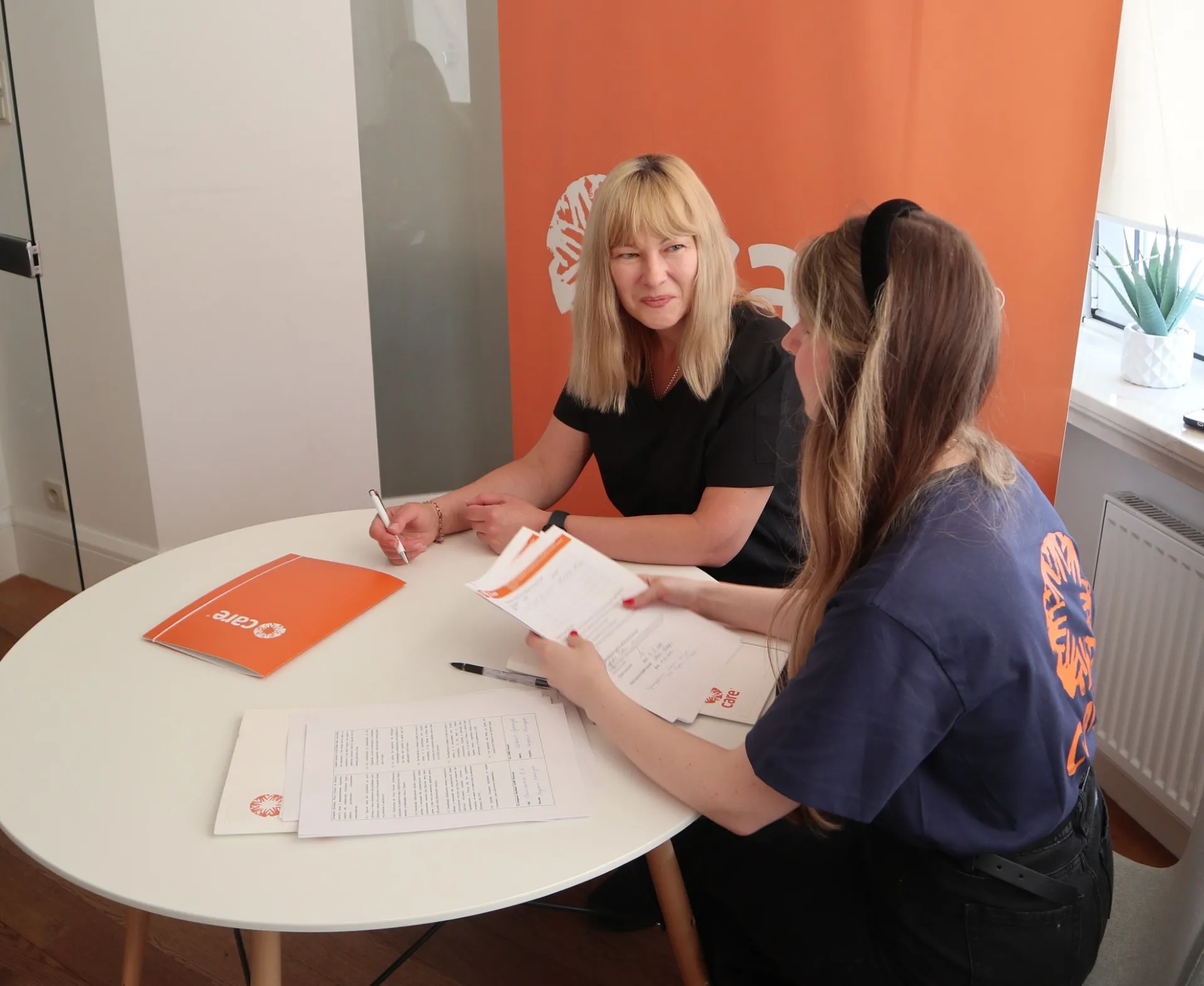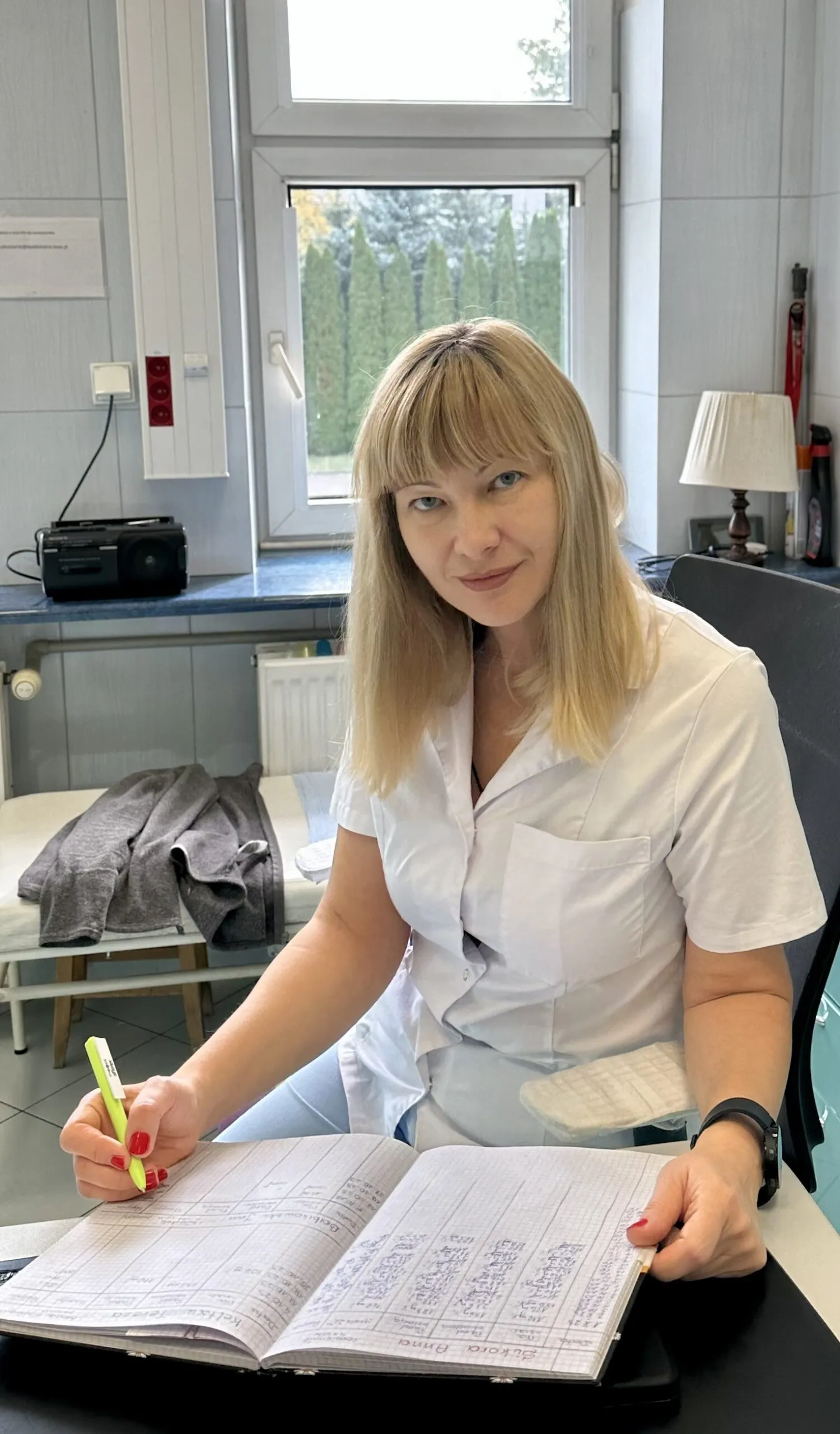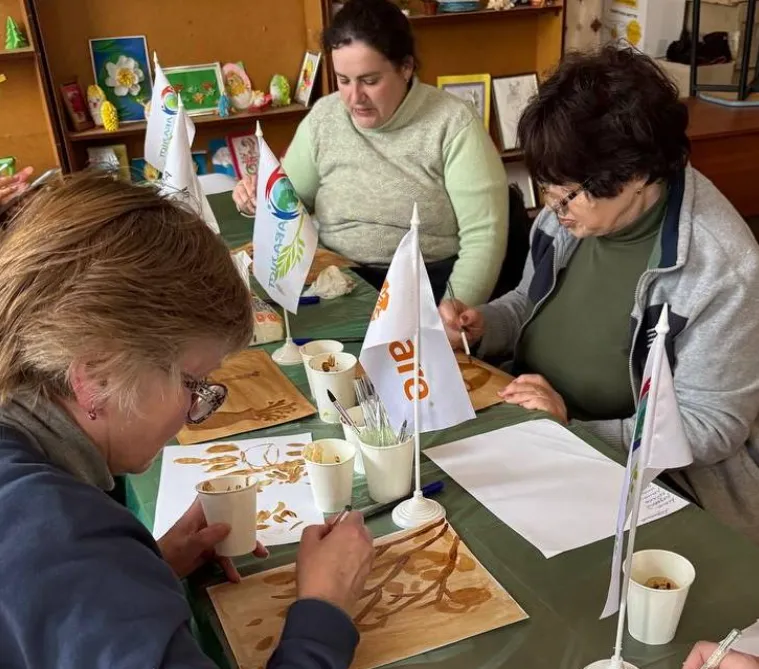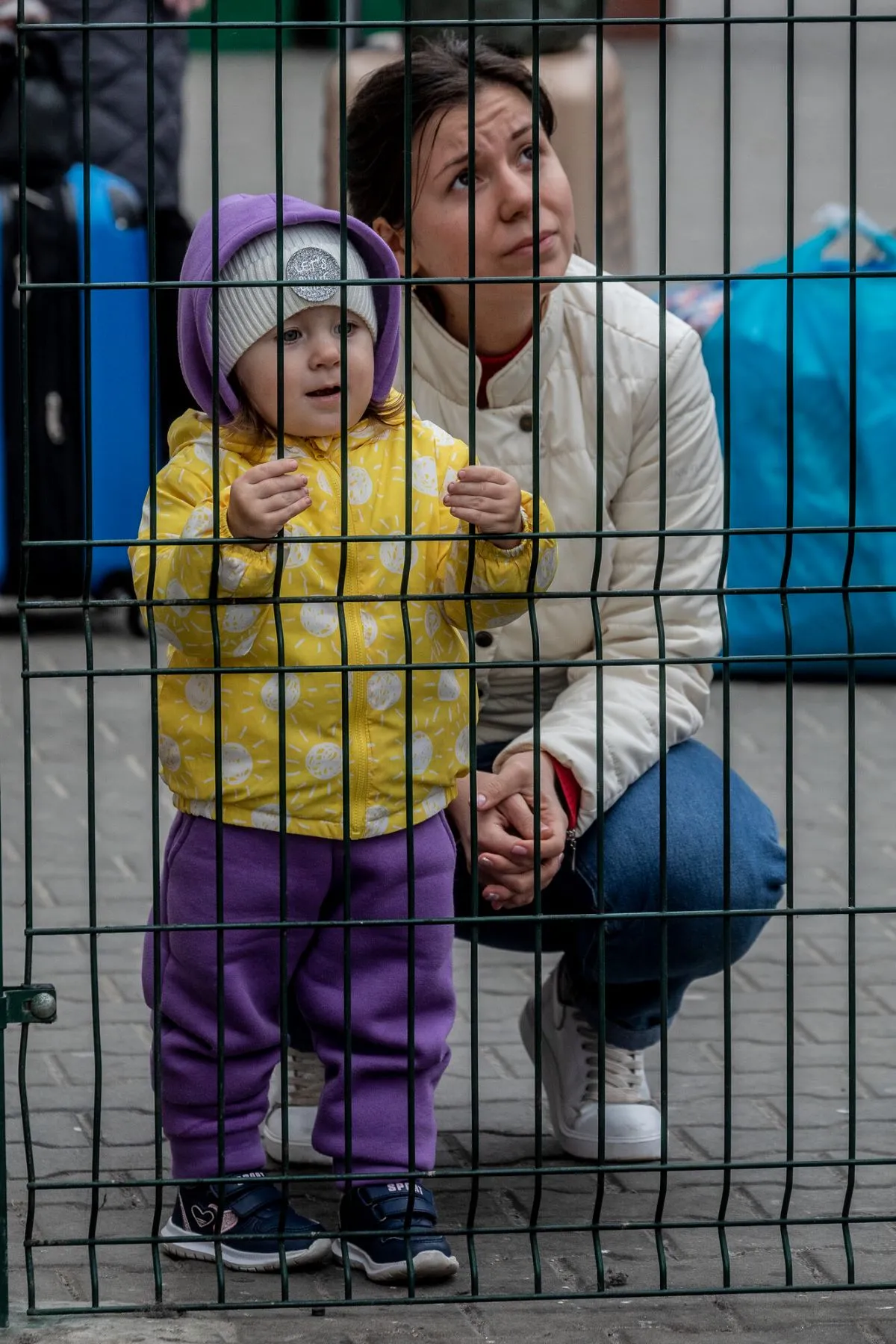Tetiana, 36, is from Avdiivka, a vibrant city in eastern Ukraine. She worked at the local coal-based fuel plant, often called the coke plant. Since 2014, Avdiivka has been a key frontline city, and the full-scale invasion in February 2022 caused severe damage there and in other parts of the country.
Across Ukraine, the conflict has claimed more than 13,000 lives and displaced over 4 million people inside Ukraine. The war’s damage has cost the country about $524 billion.
“February 2022 split our lives into ‘before’ and ‘after,’” says Tetiana. “At first, we couldn’t believe what was happening. We were used to shelling, but when we had to leave our home, that’s when the pain became real.”
